If you’re fascinated by the history of the internet, the fate of the .yu domain is a story you can’t ignore.
The .yu domain was once the digital identity for Yugoslavia, a country that no longer exists. As political maps changed in the Balkans, the web had to adapt — and .yu disappeared forever.
Today, every country has its own web signature, like .ke for Kenya or .za for South Africa.
But .yu’s journey is different. It teaches you about how real-world borders shape online spaces, and why domain endings mean more than just a few letters.
You might wonder why the .yu domain had to be erased, while others like .su (for the Soviet Union) still linger. Or maybe you’re curious about the process, the pain of losing digital history, and what you can learn for your own website and brand.
If you own a domain, run a business, or just care about how nations and tech collide, this story matters. You’ll see how global rules can impact thousands of sites overnight. And if you ever think your web address is “forever,” .yu’s story is your reminder that the internet never stands still.
Table of Contents
What was .yu and why did it matter?
The .yu domain was the official country code for Yugoslavia on the internet, starting in 1989.
Back then, Yugoslavia was a single country, covering present-day Serbia, Montenegro, Croatia, Slovenia, Bosnia and Herzegovina, North Macedonia, and Kosovo.
Every country gets a unique ending, called a country code top-level domain (ccTLD).
For example:
For many years, .yu was a symbol of a united nation online. If your site ended in .yu, you were tied to Yugoslavia’s identity, culture, and politics.
But as Yugoslavia broke apart in the 1990s, new countries — and new domain endings — started to emerge.
Breaking down complex terms
- ccTLD: Short for “country code top-level domain,” this is the two-letter ending assigned to each country or territory on the internet.
- ISO code: This is the global standard for country codes, managed by the International Organization for Standardization (ISO). When a country’s status changes, the ISO code—and its web domain—might change too.
- ICANN: The Internet Corporation for Assigned Names and Numbers. It oversees domain names worldwide, deciding what domains are allowed and when old ones get retired.
How did .yu change as Yugoslavia split?
- Original days:
.yu started strong in 1989, managed by tech pioneers in Slovenia. It connected a large, united Yugoslav web community. - The breakup era:
As new countries appeared—Slovenia, Croatia, Bosnia, others—they got their own domains like .si (Slovenia) and .hr (Croatia). But .yu stuck around, especially for Serbia and Montenegro. - The renaming phase:
After 2003, the country was renamed Serbia and Montenegro. Technically, its new ISO code was “CS,” but .cs was never launched as a domain. The .yu domain kept going, even as the country’s name and borders shifted. - Final split and the end of .yu:
When Serbia and Montenegro separated in 2006, things changed fast. New domains —.rsfor Serbia and.mefor Montenegro — became the official online homes.
ICANN announced .yu’s days were numbered.
The retirement of .yu: A digital sunset
ICANN set a two-year window for .yu domains to switch over.
But many sites didn’t move in time. By the final shutdown in 2010, about 4,000 websites were still using .yu, including forums, community portals, war diaries, and cultural sites.
When .yu was deleted from the internet’s “root zone” in April 2010, these sites vanished.
“A web address isn’t just a technical detail—it’s digital heritage.”
Many personal stories and local histories vanished overnight with the loss of .yu.
Why did .yu have to go?
- ISO rules: Once a country’s ISO code is retired, its domain has to be retired, too. This keeps the web organized and reduces confusion.
- Domain policy: ICANN has a global policy to remove old country domains about three years after their ISO code is scrapped.
- No clear successor: Since Yugoslavia dissolved into several nations, no single country could claim .yu as its own.
What’s the difference with .su (Soviet Union)?
Unlike .yu, the .su domain is still online.
Russia manages it, and thousands of people still use .su addresses.
Why?
It’s a mix of politics, nostalgia, and technical reasons. ICANN has allowed it to survive for now, but this could change at any time.
Lessons from .yu for your own domain
Never assume your domain will last forever. If your business, organization, or country changes, your web address may need to change, too.
That’s why having multiple domains for your business is critical.
Act early. When you see that your domain extension might be phased out, start planning your move.
Backup your content. Don’t risk losing years of work because you waited too long to migrate.
Choose a reliable domain partner. Working with a trusted provider like Truehost gives you peace of mind. You get support, reminders, and tools to keep your website live and secure, even when the rules change.
What happened to all those .yu websites?
Some websites moved to .rs (Serbia) or .me (Montenegro). But thousands simply disappeared. Many were never archived. These losses included early blogs, community spaces, war memorials, and regional news.
If you care about digital heritage, this is a warning. Always backup your website and consider archiving important pages with services like Internet Archive’s Wayback Machine.
Fast facts: .yu domain timeline
| Year | Event |
|---|---|
| 1989 | .yu launched for Yugoslavia |
| Early 1990s | Country splits; new domains emerge |
| 2006 | Serbia and Montenegro separate |
| 2007 | ICANN sets .yu phase-out deadline |
| 2010 | .yu retired and removed from DNS root |
Keep your digital identity safe
Don’t let your site disappear because of shifting rules or lost domains. Register and manage your domain with experts.
Explore top-level domains (TLDs) for your business or personal brand at Truehost.
You get:
- Fast registration and renewal
- Automatic reminders before expiry
- Expert support for migrations
- Bulk registration options
Final thoughts
The story of the .yu domain is more than a tech footnote. It’s a reminder that your web address is a living part of history — shaped by politics, policy, and the real world.
By understanding what happened to .yu, you protect your own site, your story, and your future on the internet.
 Web Hosting
Web Hosting Windows HostingBuilt for Windows apps and websites – stability, speed and flexibility
Windows HostingBuilt for Windows apps and websites – stability, speed and flexibility Reseller HostingLaunch a hosting business without technical skills or expensive infrastructure
Reseller HostingLaunch a hosting business without technical skills or expensive infrastructure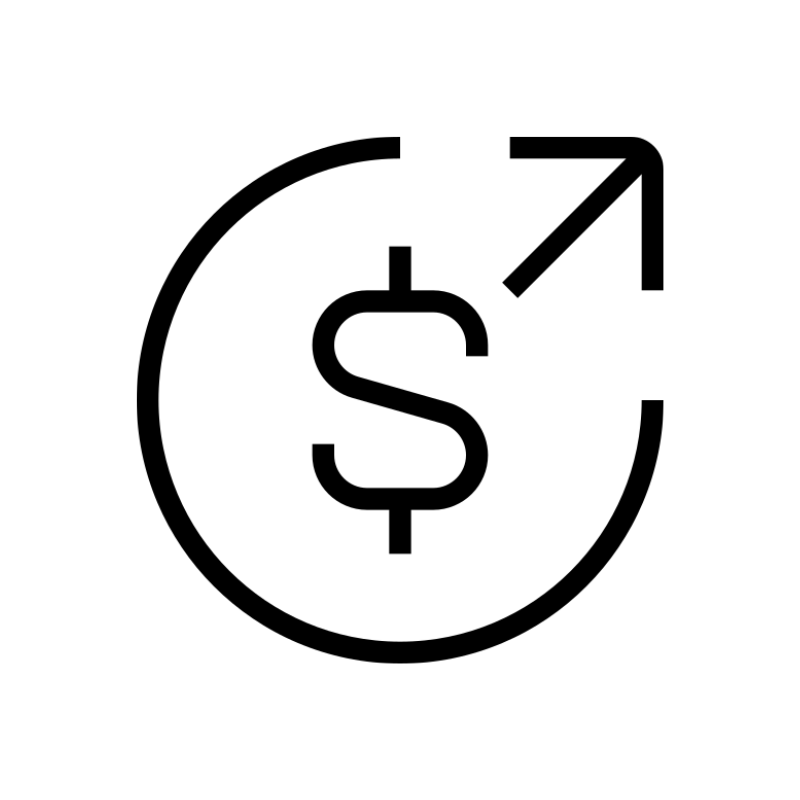 Affiliate ProgramRefer customers and earn commissions from sales across our platform
Affiliate ProgramRefer customers and earn commissions from sales across our platform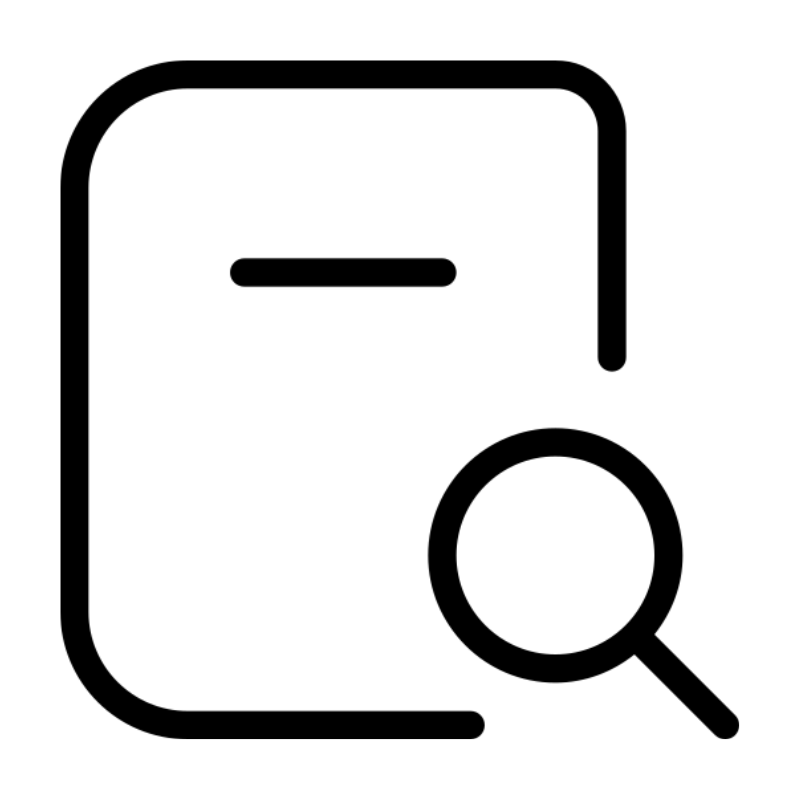 Domain SearchFind and secure a domain name in seconds with our quick lookup tool
Domain SearchFind and secure a domain name in seconds with our quick lookup tool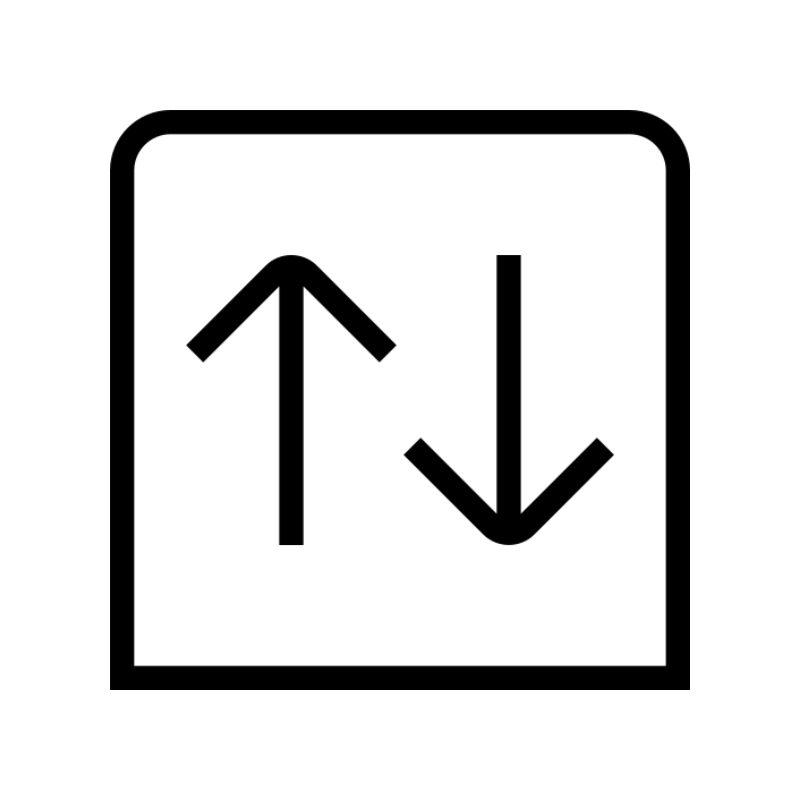 CO ZA Domains
CO ZA Domains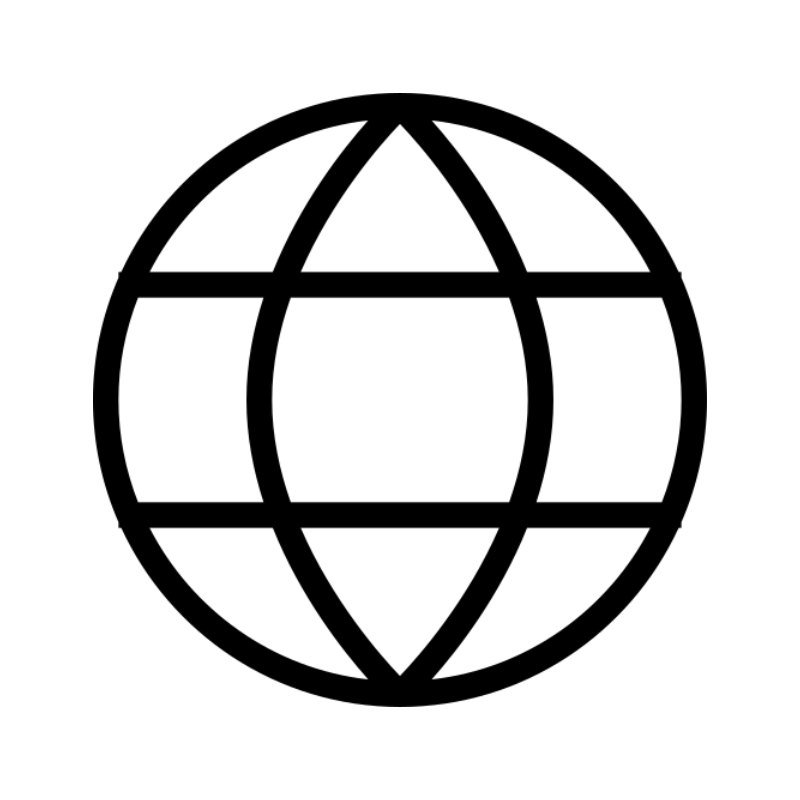 All DomainsExplore domain names from over 324 TLDs globally – all in one place
All DomainsExplore domain names from over 324 TLDs globally – all in one place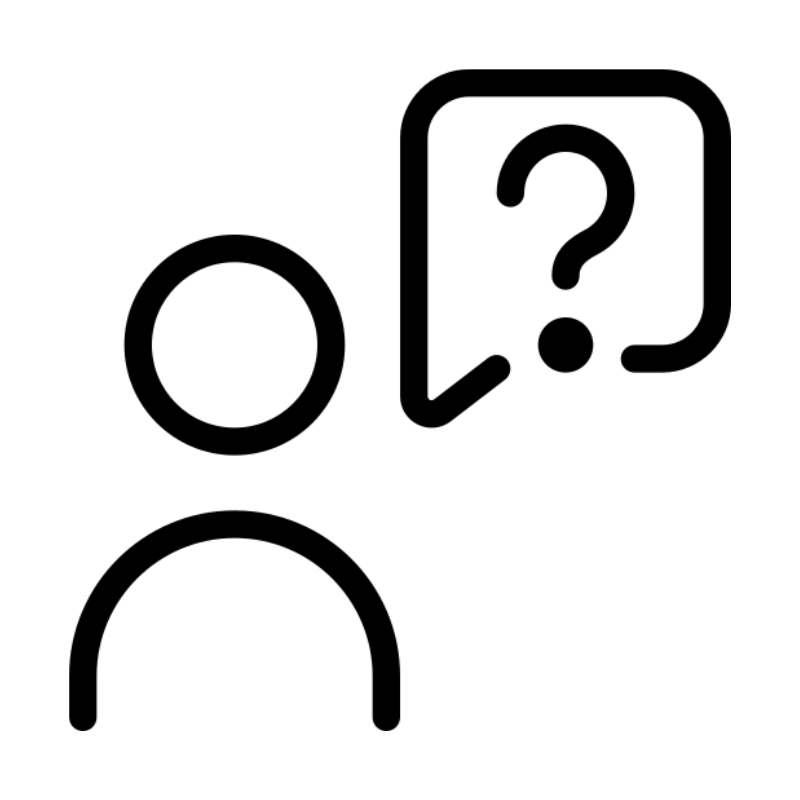 Free Whois Lookup Tool South Africa
Free Whois Lookup Tool South Africa VPS
VPS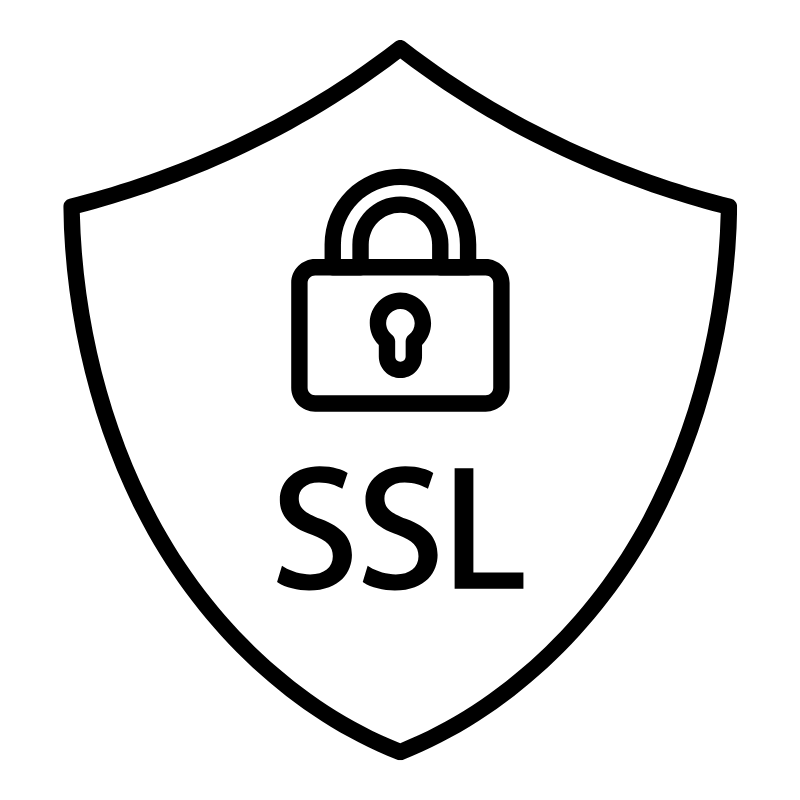 SSLs
SSLs




